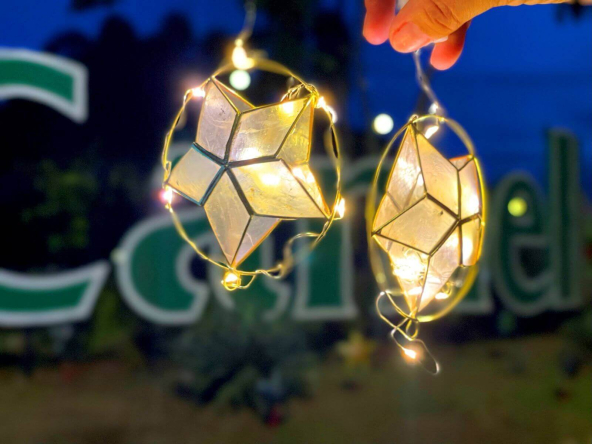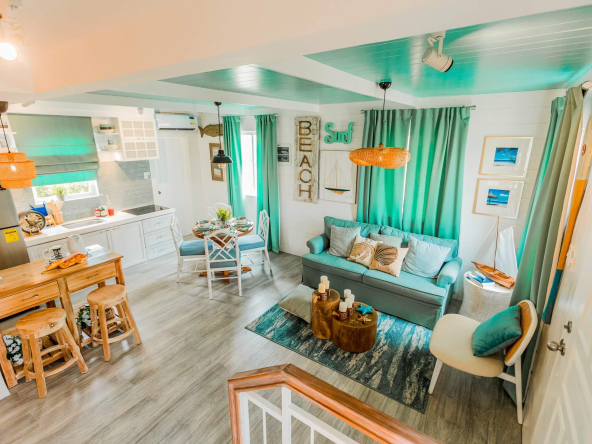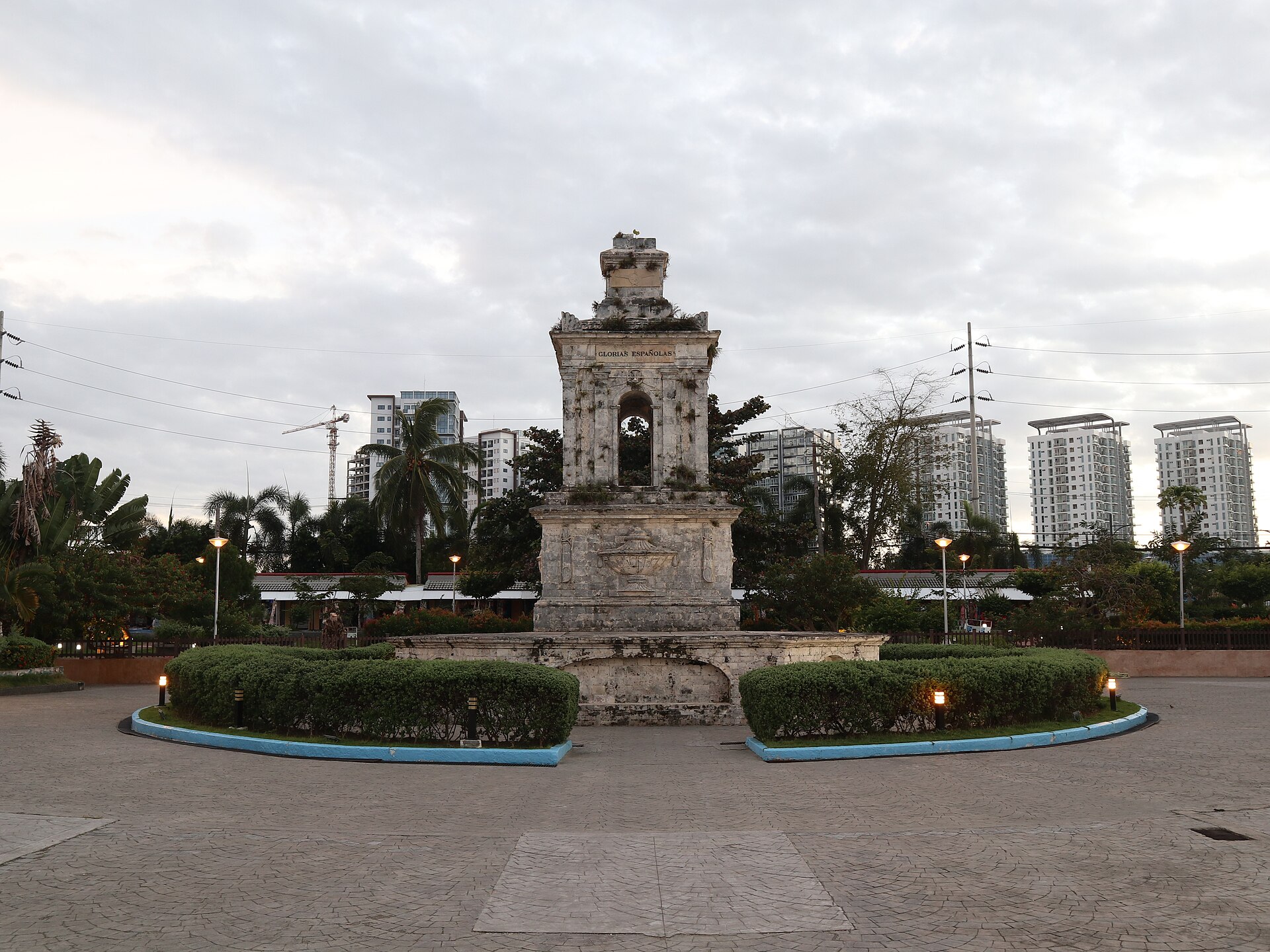
Image source: Wikipedia
Rediscovering the Rich Cultural Heritage of the Visayas Region
The Visayas region is the ultimate destination for pristine beaches, crystal clear waters, and vibrant festivals.
It’s also home to some of the most important historical sites and landmarks in the Philippines, where stories of resistance, faith, conquest, and community continue to echo through centuries-old structures and revered traditions.
In 2025, there’s no better time to journey through these places and reconnect with our Filipino roots.
Cebu: Cradle of Christianity and Colonial Power
Fort San Pedro: The Oldest Spanish Military Defense Structure
Located in Cebu City, Fort San Pedro stands as a powerful symbol of early Spanish settlement in the Philippines.
The fort, made of stone and mortar, was central to Spain’s early efforts to control the Visayas.
Now maintained by the National Historical Commission of the Philippines, it houses a museum with artefacts from the Spanish period, including religious icons, documents, and relics.
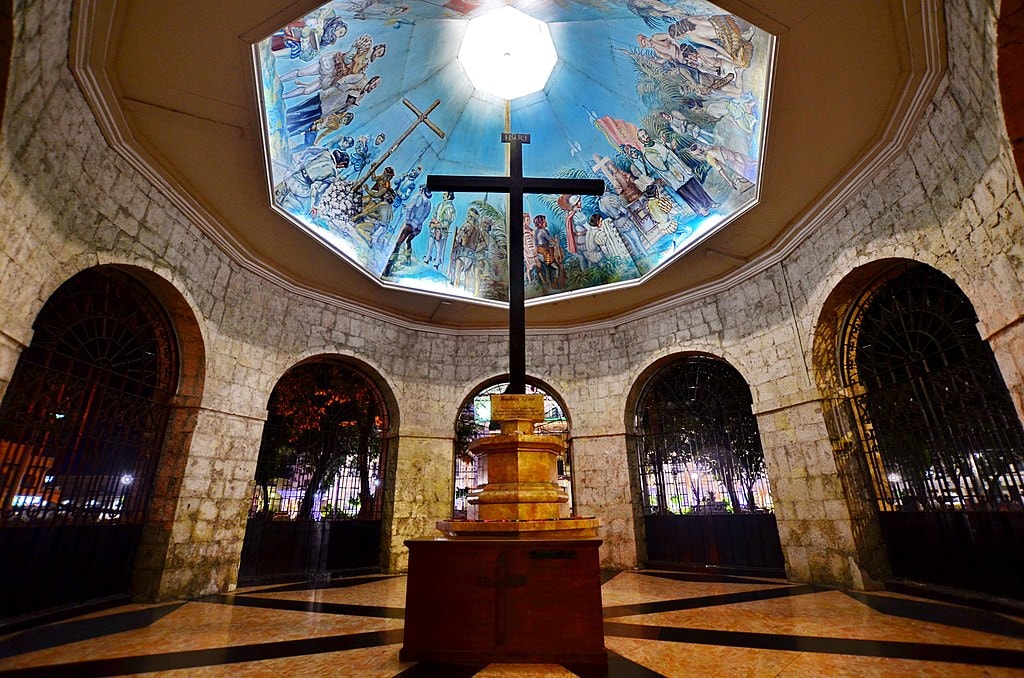
Image source: https://commons.wikimedia.org/wiki/File:Allan_Jay_Quesada_-_Magellan%27s_Cross_DSC_0766.jpg
Miguel Lopez de Legazpi and the Foundation of Spanish Cebu
The arrival of Miguel López de Legazpi in 1565 marked a defining moment in the history of the Philippines.
Unlike Ferdinand Magellan, who perished at the hands of Lapu Lapu, Legazpi established the first lasting Spanish settlement in the archipelago.
This legacy is etched into the very layout of Cebu City, with structures like Fort San Pedro and the Santo Niño Basilica forming a physical narrative of colonial ambition, cultural fusion, and religious transformation.
Magellan’s Cross and the Spanish Conquest
Also located in Cebu City, Magellan’s Cross marks the very site where Portuguese explorer Ferdinand Magellan, sailing under the Spanish flag, planted a wooden cross in 1521 upon converting Rajah Humabon and his subjects to Christianity.
Encased inside a protective shelter, the original cross is believed by locals to possess miraculous powers.
Pilgrims still visit the site, often lighting candles and praying beneath the painted dome that narrates the arrival of the Spanish conquistador.
Just around the corner, Pigafetta Street and Burgos St. frame a walking tour of colonial-era Cebu that continues to enthral both tourists and heritage lovers alike.
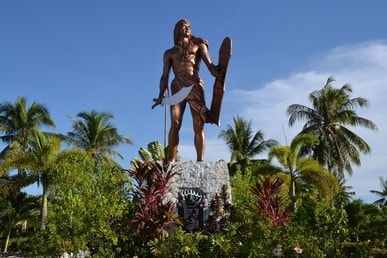
Image source: https://en.wikipedia.org/wiki/File:Lapu_Lapu_statue_at_Mactan_Shrine_2013.jpg
Mactan Shrine: Honouring Lapu Lapu’s Heroism
A short ferry or bridge ride to Lapu Lapu City leads you to the iconic Mactan Shrine. Here, a statue of Lapu Lapu commemorates the native chieftain’s victory against Ferdinand Magellan in the Battle of Mactan in 1521.
The historical marker describes the confrontation that changed the course of history. Lapu Lapu’s resistance remains a powerful symbol of Filipino bravery and defiance.
The same site also features a memorial to Magellan, forming a narrative of two legacies intertwined by conflict.
The Jesuit House of 1730: Time Travel in Downtown Cebu
Tucked within a bustling warehouse in Cebu City, the Jesuit House is believed to be the oldest dated house in the Philippines, established in 1730.
Once a mission base for Jesuit priests, it now functions as a private museum with curated exhibits of furniture, pottery, and photographs that illustrate centuries of cultural exchange and Chinese influences.
Hidden along Zulueta Street, its preservation underscores the importance of heritage sites even within fast-developing urban centers.
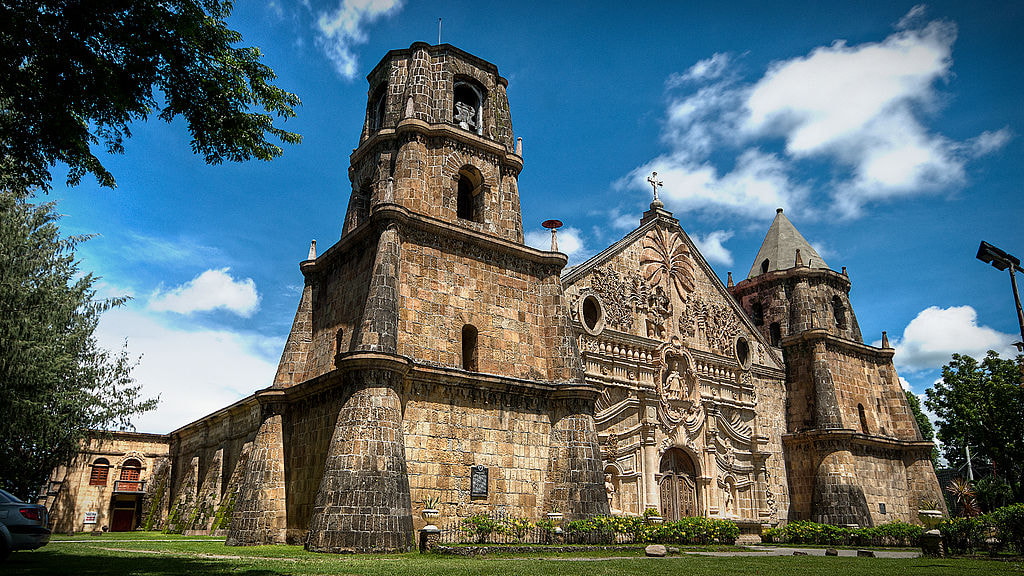
Image search: https://commons.wikimedia.org/wiki/File:Miagao_Church.jpg
Iloilo: Heritage, Festivals, and Food Culture
Iloilo City: A Living Museum of Spanish and American Eras
Wander through Iloilo City’s downtown district and you’ll find yourself amidst a fusion of Spanish and American influences. Calle Real, lined with art deco buildings, whispers of a colonial past still visible in its architecture.
The Dinagyang Festival, one of the country’s most vibrant festivals, draws thousands each January in honour of the Santo Niño. It’s a powerful expression of faith, music, and resilience that blends history with pageantry.
Don’t miss the city’s culinary delights, from batchoy to pancit molo, served in historic restaurants that tell stories through food.
Miagao Church: A UNESCO World Heritage Gem in Iloilo
In Iloilo City, the Miagao Church (also known as the Santo Tomas de Villanueva Parish Church) is one of the most treasured historical landmarks in the country. Built in 1786, this Baroque fortress church is listed as a UNESCO World Heritage Site.
The facade, with its fusion of Spanish, Muslim, and native artistic motifs, reflects the Philippines’ colonial experience.
Intricate carvings include images of St. Christopher and native flora, offering insight into both religious and local symbolism.
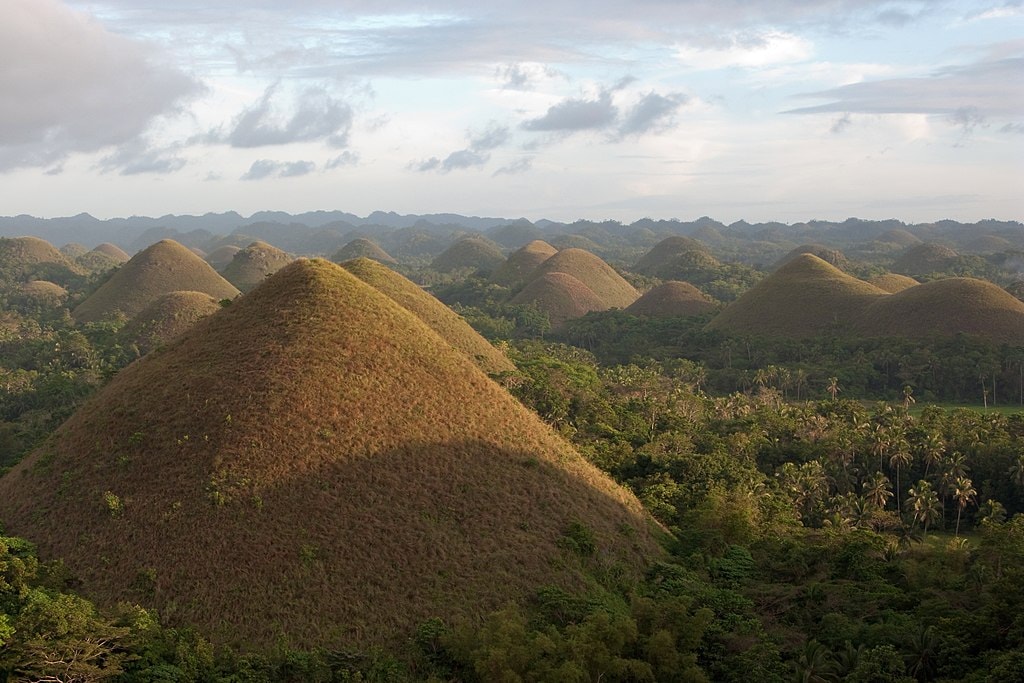
Image source: https://commons.wikimedia.org/wiki/File:Bohol_Hills,_Chocolate_Hills,_Philippines.jpg
Bohol and Leyte: Natural Wonders with Historical Roots
Chocolate Hills: Geological Formation and Local Lore
In Bohol, the Chocolate Hills are more than a spectacular geological formation. With over 1,200 hills spread across the island, they resemble chocolate drops during the dry season when the grass turns brown.
While not man-made, these hills are deeply embedded in local folklore and legend. Their unique beauty continues to attract travellers, especially those who wish to explore the relationship between nature and culture in the Philippines Visayas.
Religious Icons and Spanish-Era Churches Across Several Islands
The Visayas region is home to numerous church buildings from the Spanish period, many of which are recognised heritage sites.
Towns such as Carcar in Cebu, Jaro in Iloilo, and Baclayon in Bohol showcase these sacred structures that served as centers of faith and governance.
Each church tells its own story through its stonework, bell towers, and centuries-old rituals still practiced by the locals today.
Southern Visayas: Marine Culture and Coastal History
Whale Shark Watching and Cultural Immersion in the South
While known for its marine biodiversity, southern Visayas towns like Oslob offer more than the chance to swim alongside a whale shark.
They also present opportunities to engage with fishing communities whose livelihoods stretch back generations.
Visitors are encouraged to learn about local traditions, conservation efforts, and storytelling practices passed down through the elders.
Water Sports and Coastal Adventures in Visayas
The Visayas region is also a playground for adrenaline seekers. Whether you prefer kayaking through mangrove forests, windsurfing in Guimaras, or jet skiing along Cebu’s eastern shore, the area offers a range of water sports suited to all levels.
Moalboal and Malapascua in Cebu have gained popularity for scuba diving, particularly for their vibrant coral reefs and thresher shark sightings.
These experiences are not merely recreational—they bring travellers closer to the marine biodiversity that has long sustained coastal communities.
Many tour providers also partner with conservation groups, ensuring that your thrill-seeking supports sustainable tourism practices.
Discovering the Stunning Beaches of Visayas
Beyond its historical core, the Visayas is also known for its stunning beaches. Bantayan Island, with its powdery white sands and aquamarine waters, remains a favourite for travellers in search of calm.
Over in Aklan, Boracay’s renewed focus on ecological sustainability enhances its appeal beyond nightlife and sunbathing.
In Southern Leyte and Sipalay, hidden coves and less-commercialised beaches invite quiet reflection—perfect for travellers who want to escape the crowds and enjoy the raw beauty of the island.
Whether you’re relaxing under coconut trees or snorkelling in marine sanctuaries, these beaches complement the Visayas’ historical richness with breathtaking natural beauty.
Living Culture: Festivals, Food, and Community Life
Connecting to Community Through Vibrant Nightlife and Social Events
While exploring historical sites, travellers also find joy in the region’s vibrant nightlife and social events. Cities like Cebu and Iloilo have a dynamic entertainment scene that balances historical reverence with modern energy.
Whether you’re dancing at a Sinulog Festival after-party or tasting local dishes at a community celebration, these experiences offer a window into our rich history.
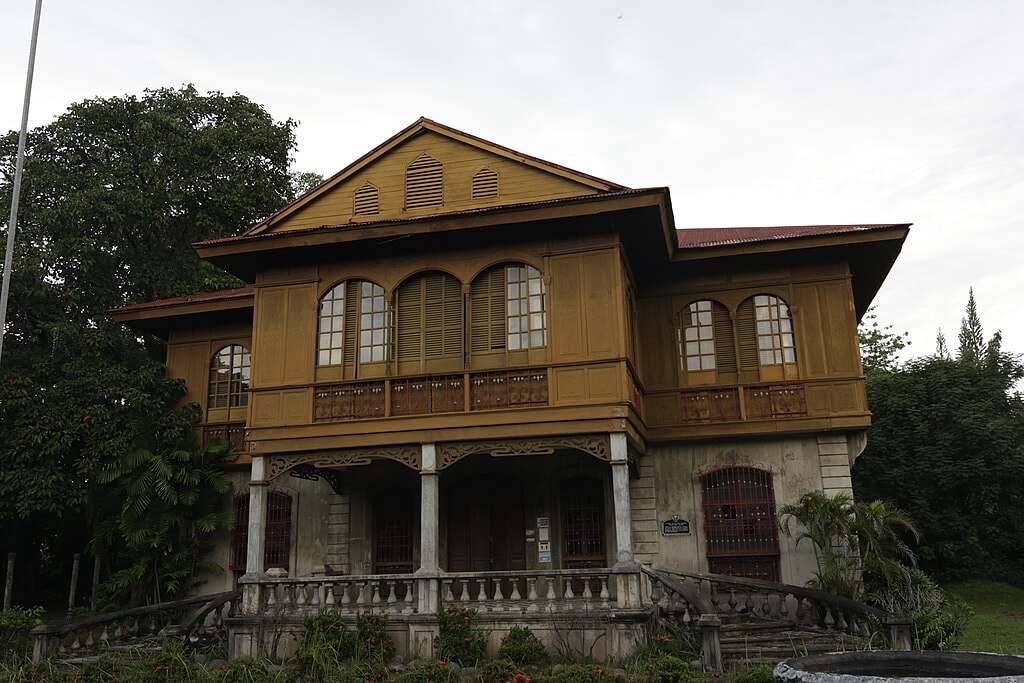
Image source: https://commons.wikimedia.org/wiki/File:Balay_Negrense_in_Silay.jpg
Visiting Museums and Preserved Towns
Across the region, museums curated by the National Historical Institute preserve relics from the Spanish period to the World War II era. From the Balay Negrense in Silay to the Casa Gorordo in Cebu, each museum is a portal into the past.
Small towns like Loboc and Argao also feature preserved streets and ancestral houses that invite walking tours and quiet reflection.
Negros Oriental and the Legacy of World War II
In Negros Oriental, history takes a solemn turn. The Dumaguete Belfry, one of the oldest in the region, stands watch over a city that was under the Japanese occupation during World War II. It has been spared from the widespread destruction seen in other parts of the Philippines.
Several memorials and museums in Dumaguete reflect on this period, preserving narratives of courage and resistance.
The city is also known for its access to Apo Island, where you can swim alongside marine life while contemplating the island’s quieter, more reflective historical depth.
Nearby Camella Negros Oriental offers a tranquil home base for residents who value access to both natural wonders and places steeped in history.
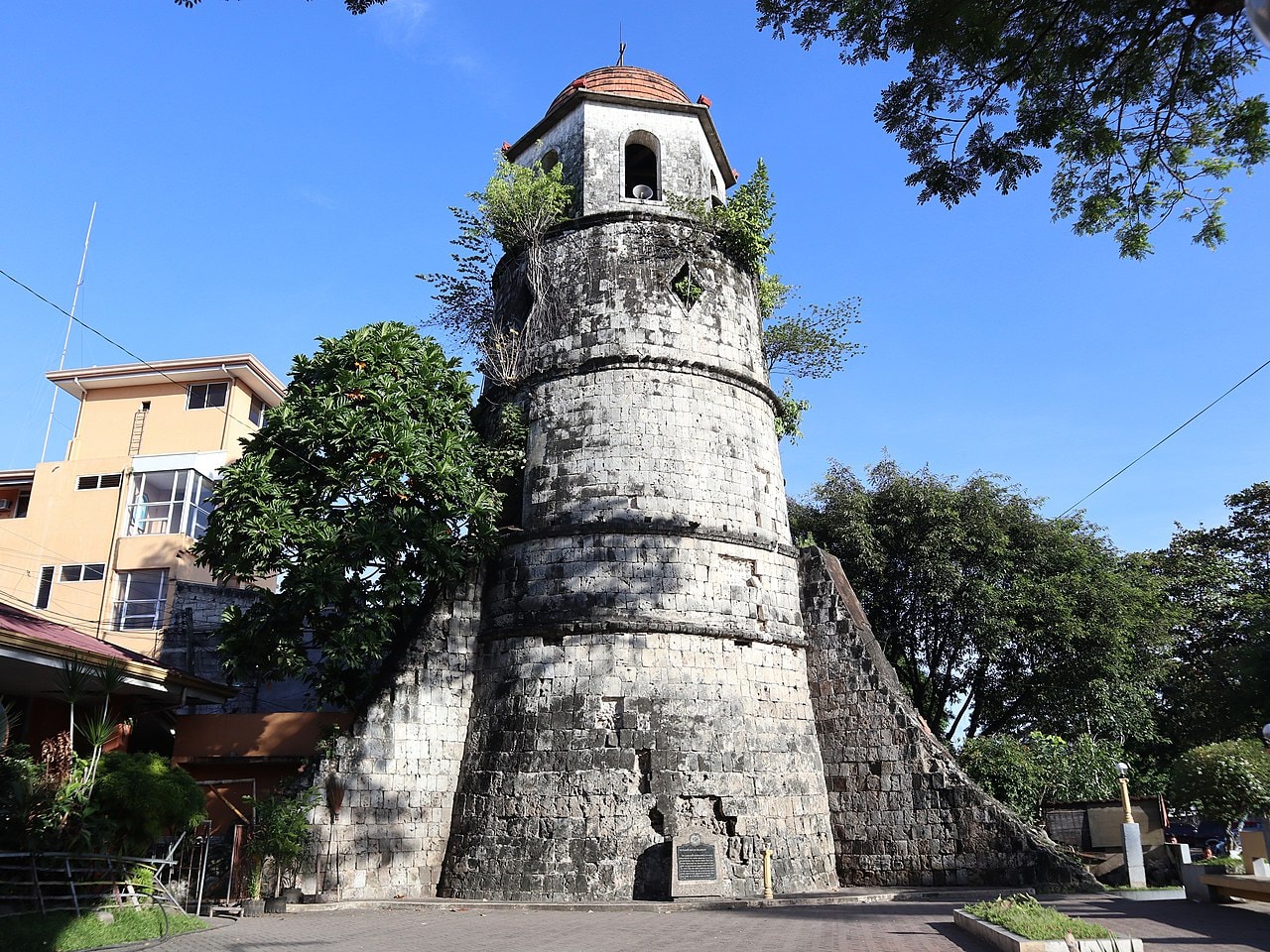
Image source: https://commons.wikimedia.org/wiki/File:Dumaguete_Belfry_%28Perdices_Street,_Dumaguete,_Negros_Oriental;_01-19-2023%29.jpg
Explore with Purpose in 2025
As you plan your 2025 travels, aim to explore beyond the surface. These historical sites and landmarks in Visayas offer insight into our shared past and the chance to honour those who came before.
From Fort San Pedro to Miagao Church, from the Mactan Shrine to the Jesuit House, the Visayas are waiting for you to walk their storied paths, taste their culinary delights, and engage with their living heritage.
Reconnect. Reflect. Remember. The Visayas is calling.
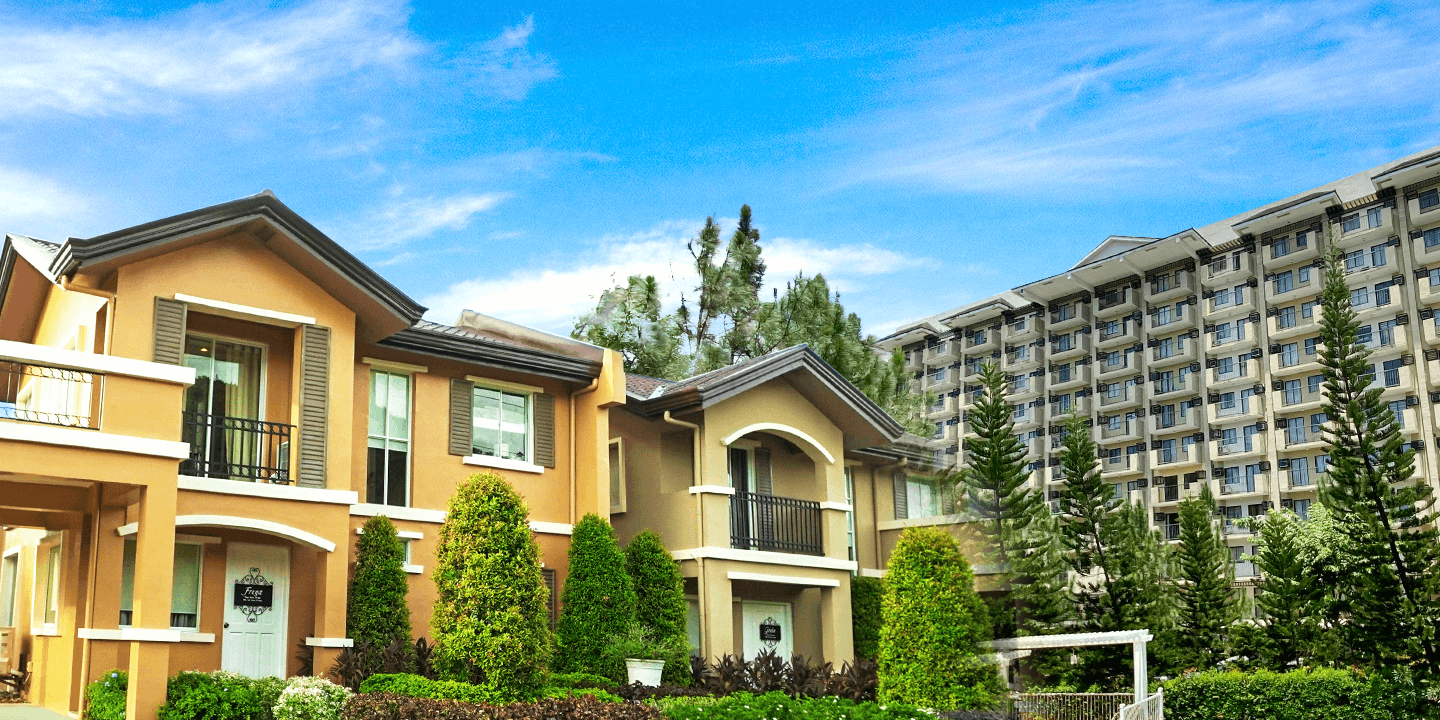
Celebrate Life’s Milestones in Camella!
House and Lot & Condominium for Sale in the Philippines
